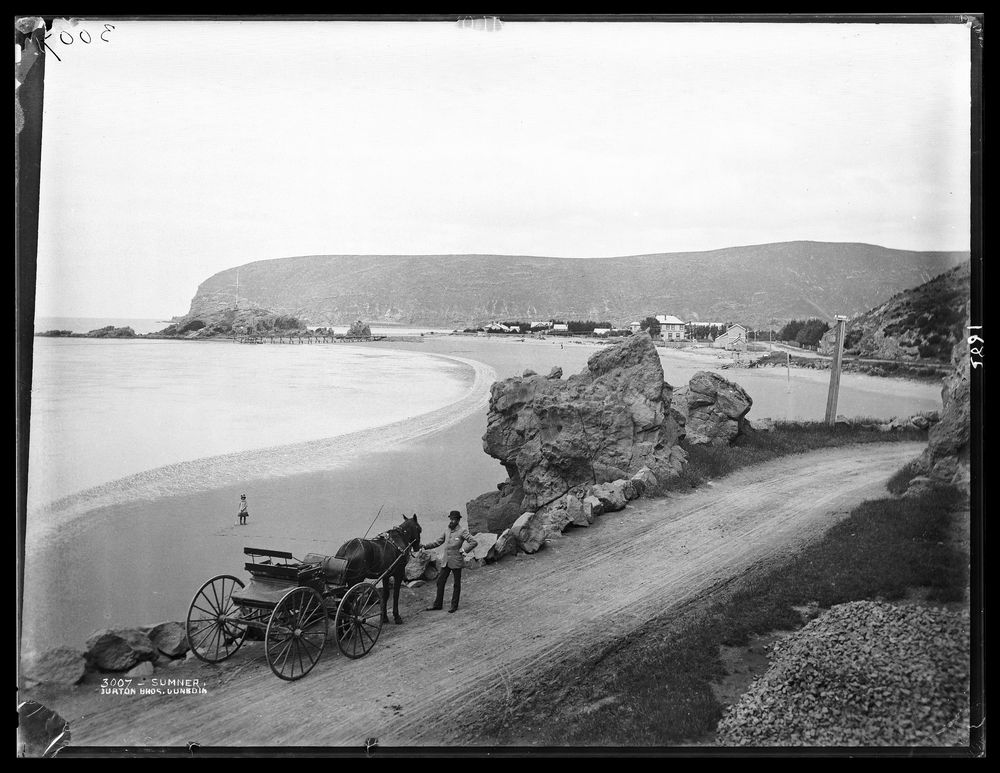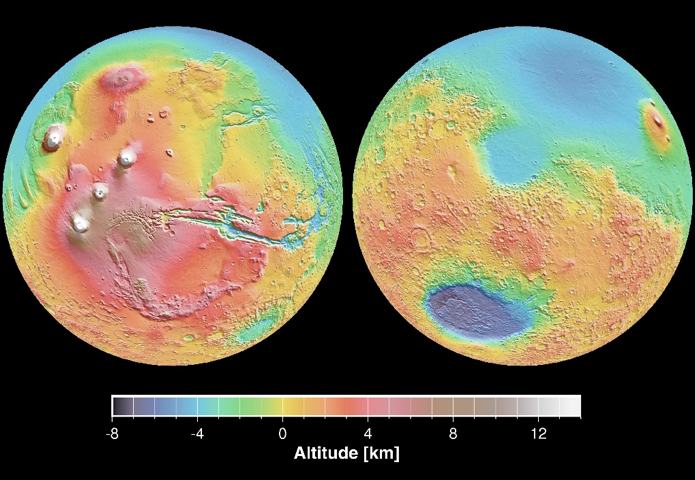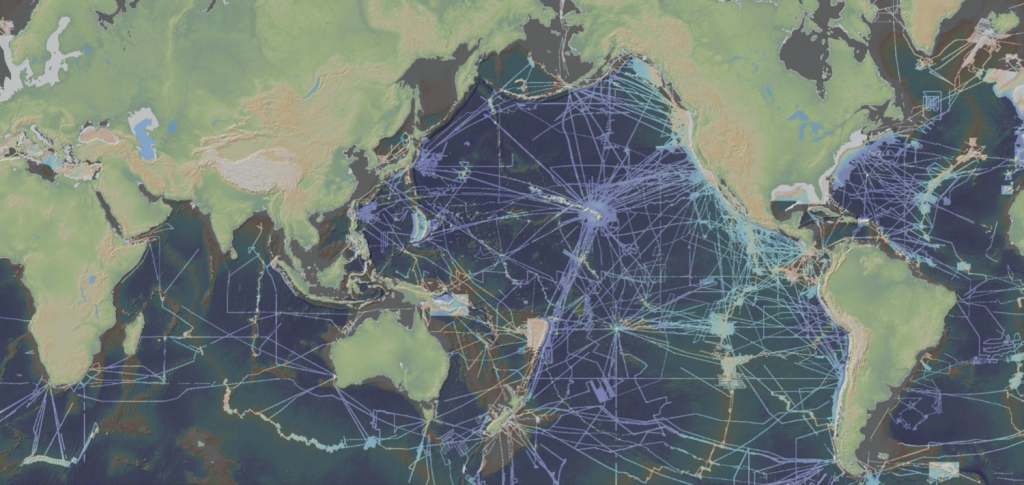A Deeper Understanding

I was lucky enough to grow up with a view of the ocean from my living room. I was lucky enough to spend many childhood summers at Sumner beach, a short walk over the sun-baked pavements of suburban Christchurch. Generally, we New Zealanders are lucky in the sense that we’re not often too far from a beautiful stretch of our 15,000km coastline.
Today is World Oceans Day, in which the global community acknowledges the integral status of our planet’s most precious, most vast, and most essential feature: the oceans.
It is a time to reflect on what we know, and have yet to learn about the great blue expanse, as individuals, and as a species. We are lucky enough to live in a time where there is still a great deal to discover – and a great deal of discovery taking place! When one hears “the age of exploration”, they might think of a time long in the past. In reality, the exploration of our own planet is sill underway, and far from complete.

Let’s consider the current maps of Mars. We have (thanks to the Mars Global Surveyor) height maps of the entire Martian surface at a resolution of at least 2km. That is, at the fuzziest level, each pixel of colour represents an area roughly 2km wide. As for imagery, that is, how Mars actually looks, we have a complete picture of the red planet: from the frozen mesas of Cydonia, to the creeping crimson slopes of Olympus Mons, we can see it all, right down to a resolution of 240m per pixel – and in some regions, sharper than that!
The same can not be said for our own blue planet!
A vast majority (about 95%) of seafloor topographical maps are only half the resolution of their Martian counterparts, at ~4km per pixel. And imagery akin to that on land is non-existent. Put simply, most of the features of our own world are a fuzzier picture than that of a planet 55 million kilometres away.
At 4km per pixel, only large scale features, such as seamounts, trenches and volcanic arcs are detectable. Brothers volcano barely even registers as a blip! This kind of map is charted by special satellites, which can detect the gravitational effect of large landforms (such as submarine volcanoes) on the waters above. But if we want a deeper understanding of what lies beneath the surface, we need to hit the high seas directly.

If you’ve ever looked at the oceans on Google Earth, you might have noticed straight lines criss-crossing the water. These represent paths taken by surveying ships conducting Multibeam Bathymetry. Typically, this tidies up maps to 50m per pixel. That’s 100 times more detail!
Of course, this only gives us a thin sliver of seafloor at a time! As a result, only ~5% of the seafloor has been mapped at this resolution. If you want a clearer picture still, you’ll have to send down an underwater vehicle!
All IODP expeditions are preceded by years (and in many cases, decades) of preliminary mapping and analysis of the features that lie on the surface of the seafloor. In the case of Expedition 376, retrieving core samples from Brothers is the culmination of nearly 20 years of study at the volcano. In attaining samples from below the seafloor, scientists have a window into the third dimension. From this, they can develop a deeper understanding of our watery world. The expeditions undertaken by the JOIDES Resolution represent a further step in the long tradition that is the exploration and discovery of what lies beneath our planet’s oceans.
The oceans are our present point of difference in the cosmos. Although Mars has better maps, we are lucky enough to have blue horizons, the sound of waves and more than half a world awaiting discovery beneath the waters of our home.